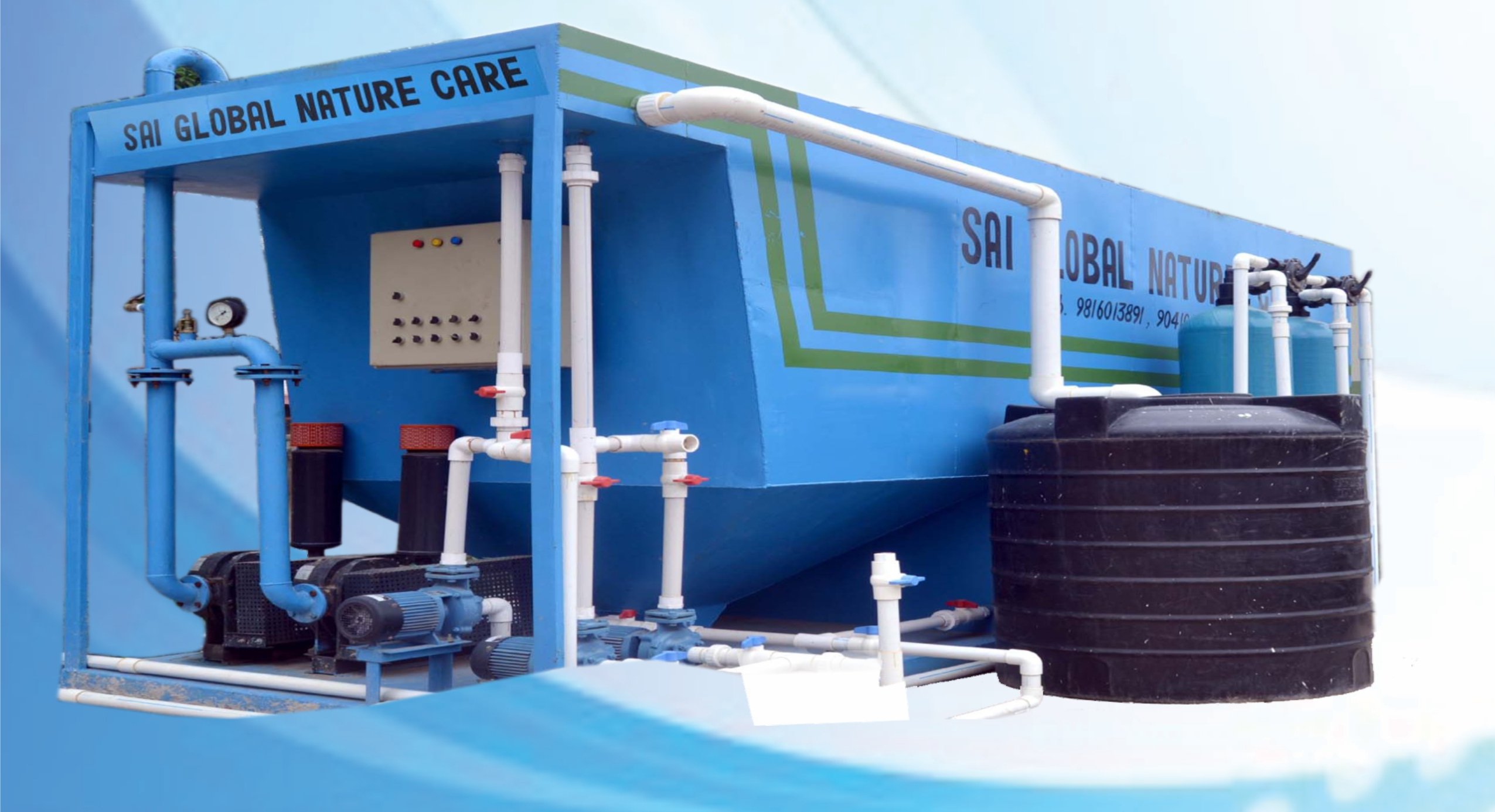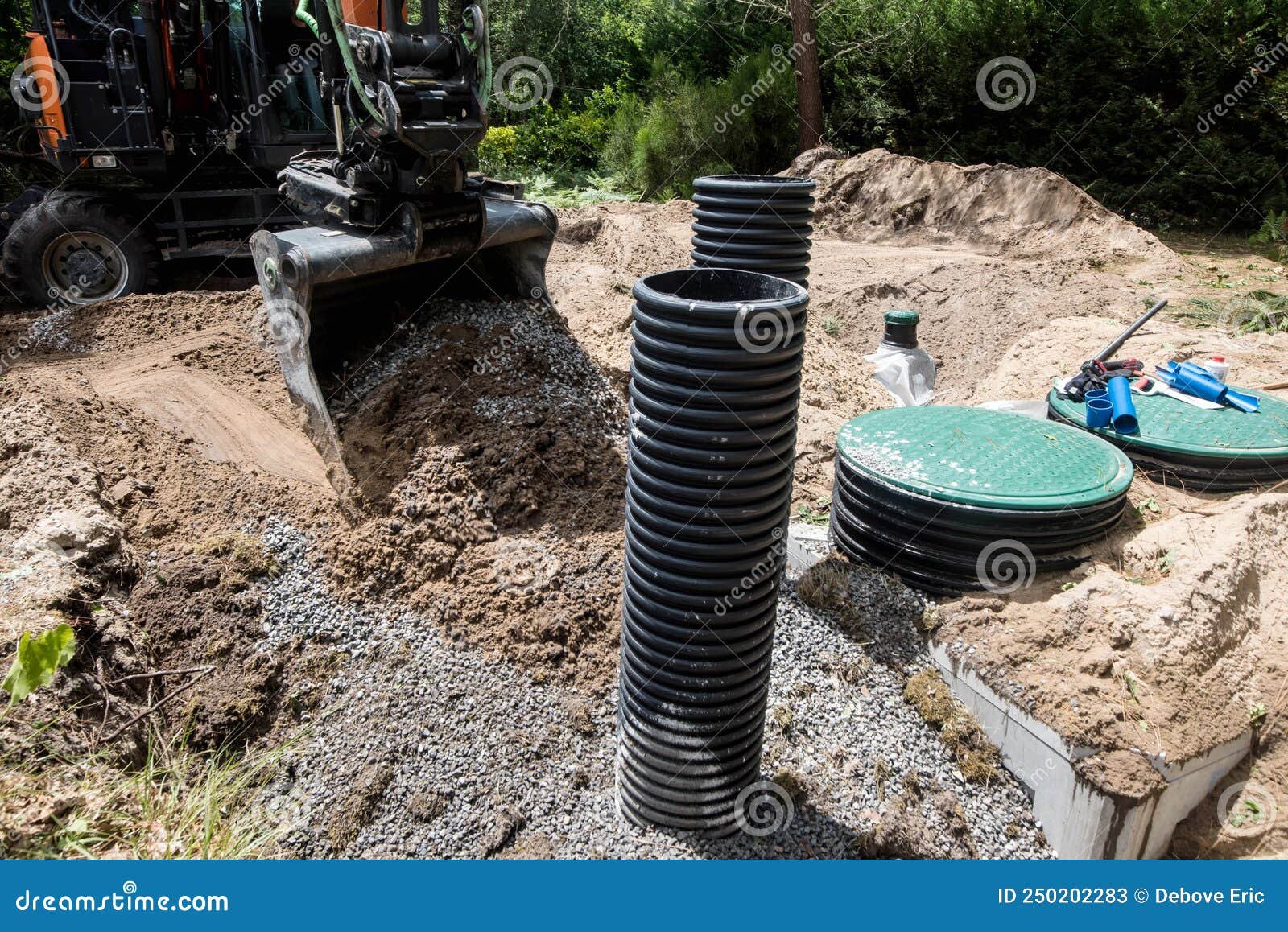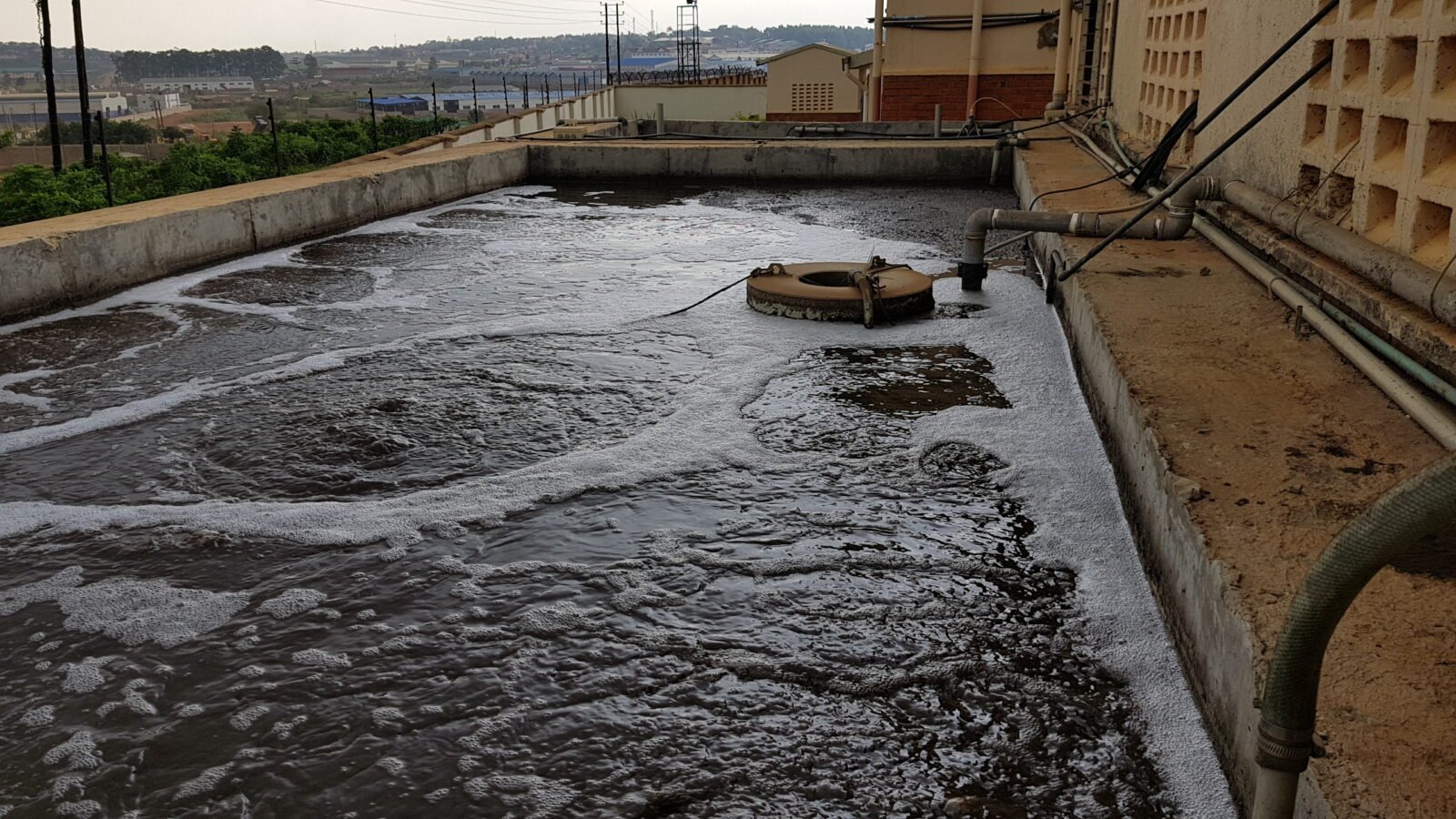Home Wastewater Treatment Plant Design and Implementation for Sustainable Solutions: A Guide for Homeowners and Professionals
Key Takeaways:
- Home wastewater treatment plants (HSTPs) combine greywater and blackwater treatment into a single unit.
- HSTPs are ideal for homes without access to sewer systems.
- Three common wastewater handling methods for rural areas include stabilization lagoons, septic tanks, and individual aerobic treatment plants.
Home Wastewater Treatment Plant

Home wastewater treatment plants are a sustainable solution for managing wastewater in areas without access to centralized sewer systems. These systems treat wastewater from toilets, sinks, and other sources, removing harmful pollutants before releasing the treated water back into the environment.
There are several types of home wastewater treatment plants, each with its own advantages and disadvantages:
-
Septic tanks: Septic tanks are the most common type of home wastewater treatment plant. They consist of a large underground tank where solids and liquids are separated. Solids settle to the bottom of the tank, while liquids flow out into a drain field. Septic tanks require regular pumping to remove solids that accumulate over time.
-
Aerobic treatment units (ATUs): ATUs use oxygen to break down organic matter in wastewater. They are more efficient than septic tanks at removing pollutants, but they also require a power source to operate.
-
Anaerobic treatment units: Anaerobic treatment units (ATUs) use bacteria that thrive in the absence of oxygen to break down organic matter in wastewater. ATUs are more efficient than septic tanks at removing pollutants, and they do not require a power source to operate.
The decision of which type of home wastewater treatment plant is right for you depends on a number of factors, including the size of your home, the amount of wastewater generated, and the soil conditions on your property.
Benefits of home wastewater treatment plants
There are many benefits to having a home wastewater treatment plant, including:
-
Reduced environmental impact: Home wastewater treatment plants remove harmful pollutants from wastewater, which helps to protect water quality and the environment.
-
Water conservation: Home wastewater treatment plants recycle treated water for irrigation or other non-potable uses, which can help to conserve water.
-
Cost savings: Home wastewater treatment plants can save you money on sewer bills and water usage.
-
Increased property value: A home wastewater treatment plant can increase the value of your property by providing an environmentally friendly amenity.
Planning to get a home sewage treatment plant? Well, it is quite an investment to make, and it is understandable if you’re keen on knowing the home sewage treatment plant cost, before you decide to make your choice.
There are many different factors that can affect the home sewage treatment plant cost australia, including the size of the system, the type of system, and the location of the property.
The price of a home water filter in Pakistan can vary widely depending on the type of filter, the brand, and the features.
Different Types of Home Wastewater Treatment Plants
Home wastewater treatment plants treat wastewater from your home, removing harmful pollutants before releasing the water back into the environment. There are three main types of home wastewater treatment plants:
- Aerobic Systems: Use oxygen to decompose organic matter.
- Anaerobic Systems: Use bacteria that thrive in the absence of oxygen to decompose organic matter.
- Hybrid Systems: Combine aerobic and anaerobic processes for greater efficiency.
Key Takeaways:
- Home wastewater treatment plants reduce environmental pollution and conserve water.
- Different types of systems suit different needs and site conditions.
- Proper maintenance is crucial for effective treatment.
Citation: Types of Wastewater Treatment Plants
Essential Factors to Consider Before Installing a Home Wastewater Treatment Plant

Installing a home wastewater treatment plant (WWTP) is an important decision that requires careful consideration of several key factors. Here are some essential things to think about before making a commitment:
1. Site Assessment:
- Wastewater Volume and Quality: Determine how much wastewater your household generates and its level of contamination.
- Space and Soil Conditions: Identify a suitable location with adequate space and soil conditions that allow for proper drainage.
2. WWTP Selection:
- Capacity and Technology: Choose a system that matches your household’s wastewater volume and employs a suitable treatment technology.
- Maintenance Requirements: Consider the frequency and complexity of maintenance required for the specific system.
3. Regulations and Permits:
- Local Regulations: Comply with all local regulations regarding WWTP installation and distance requirements from structures.
- Permitting: Secure necessary permits from the relevant authorities.
4. Cost Factors:
- Installation and Maintenance: Factor in the costs associated with installation, maintenance, and repairs.
- Long-Term Savings: Consider potential savings on sewer bills and water usage over time.
5. Additional Considerations:
- Odor and Noise Management: Determine potential odor or noise issues and take measures to minimize them.
- Maintenance Plan: Establish a regular maintenance schedule to ensure optimal performance.
Key Takeaways:
- Proper site assessment and WWTP selection are crucial for effective and compliant wastewater treatment.
- Compliance with local regulations and permitting requirements is essential.
- Cost considerations should include both short-term installation and long-term maintenance expenses.
- Odor and noise management measures should be in place to minimize potential impacts.
- Regular maintenance is essential for optimal plant performance.
Citation:
- Key Considerations for Installing a Home Wastewater Treatment Plant
Environmental Benefits and Sustainability of Home Wastewater Treatment Plants
Key Takeaways:
- Protect the environment: Remove harmful pollutants and pathogens, preventing water contamination and safeguarding aquatic life.
- Conserve water: Recycle treated wastewater for non-potable uses, reducing water consumption and promoting sustainability.
- Reduce carbon footprint: Utilize sustainable technologies and renewable energy sources, minimizing greenhouse gas emissions.
- Enhance property value: Increase home value by providing an environmentally friendly and efficient amenity.
- Promote public health: Eliminate harmful bacteria and pathogens, reducing the risk of waterborne diseases and ensuring clean water sources.
Environmental Benefits of Home Wastewater Treatment Plants
Reduce Water Pollution:
By removing pollutants like nitrogen and phosphorus, home WWTPs prevent algae blooms and eutrophication in natural water bodies.
Protect Aquatic Ecosystems:
Treated wastewater released from home WWTPs meets environmental standards, ensuring the health and biodiversity of rivers, lakes, and oceans.
Sustainable Features of Home Wastewater Treatment Plants
Energy Efficiency:
Modern home WWTPs incorporate energy-saving technologies, such as low-energy pumps and LED lighting.
Renewable Energy Sources:
Some home WWTPs utilize solar panels or wind turbines to generate renewable energy, reducing their carbon footprint.
Biogas Production:
Anaerobic home WWTPs produce biogas, a renewable energy source that can be used for heating or electricity generation.
Sustainability Advantages
Water Conservation:
Recirculating treated wastewater for irrigation and other non-potable uses reduces water consumption and stress on natural resources.
Reduced Chemical Dependency:
Home WWTPs minimize the use of harsh chemicals for disinfection, protecting the environment and human health.
Boosting Local Economies:
The design, installation, and maintenance of home WWTPs support local businesses and create employment opportunities.
Citation:
- Sustainable technologies for on-site domestic wastewater treatment: A review:
FAQ
Q1: What is a home wastewater treatment plant?
A1: A home wastewater treatment plant (HSTP) is a compact system that treats both greywater (from showers, sinks, etc.) and blackwater (sewage) in a single unit. It is designed for households that are not connected to centralized sewer systems.
Q2: What types of wastewater treatment technologies are available for home use?
A2: There are three main types of wastewater treatment technologies commonly used for home use: stabilization lagoons, septic tanks, and individual aerobic treatment plants. Each technology has its advantages and disadvantages, and the best choice depends on the specific needs and conditions of the household.
Q3: What factors should be considered when choosing a home wastewater treatment plant?
A3: When choosing a home wastewater treatment plant, it is important to consider factors such as the capacity, technology, and maintenance requirements of the system. It is also important to meet local authority regulations and distance requirements.
Q4: What are the benefits of installing a home wastewater treatment plant?
A4: Installing a home wastewater treatment plant can provide a number of benefits, including protecting waterways and the environment, providing a safe and reliable wastewater treatment solution, and reducing the risk of groundwater contamination.
Q5: How often does a home wastewater treatment plant need to be maintained?
A5: The frequency of maintenance required for a home wastewater treatment plant depends on the type of system installed. However, regular maintenance is necessary to ensure optimal performance and prevent problems from developing.
- Doubling 1/3 Cup: Quick Answer and Easy Kitchen Conversions - March 22, 2025
- J Middleton Unit (Abilene, TX): Inmate Search, Visitation, and Contact Information - March 22, 2025
- Ivermectin Dosage for Dogs: A Weight-Based Guide - March 22, 2025










